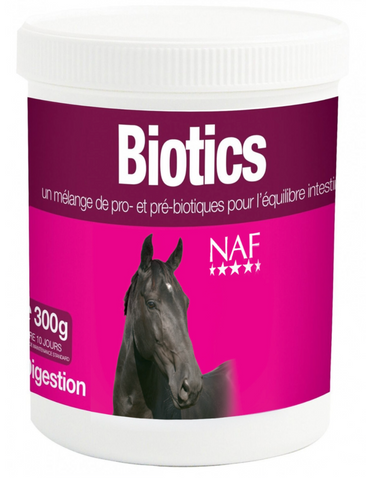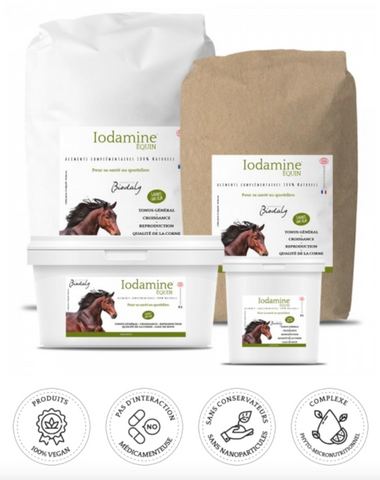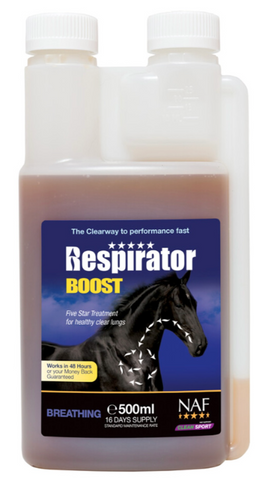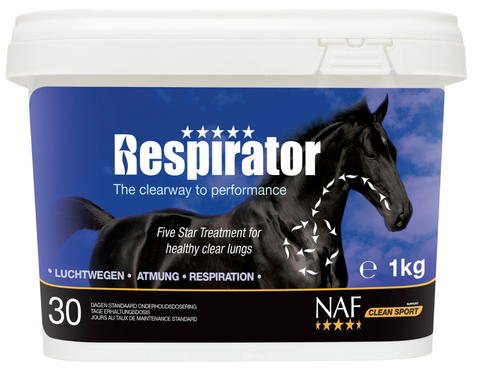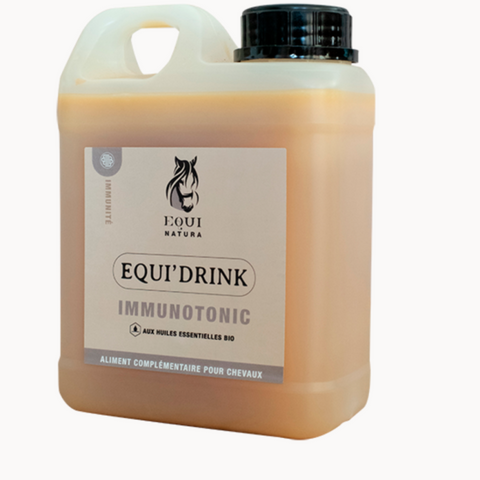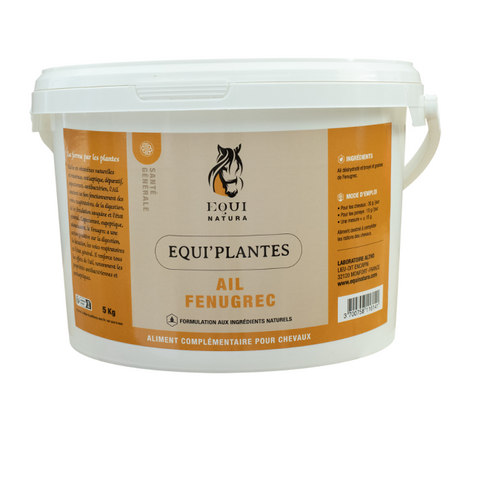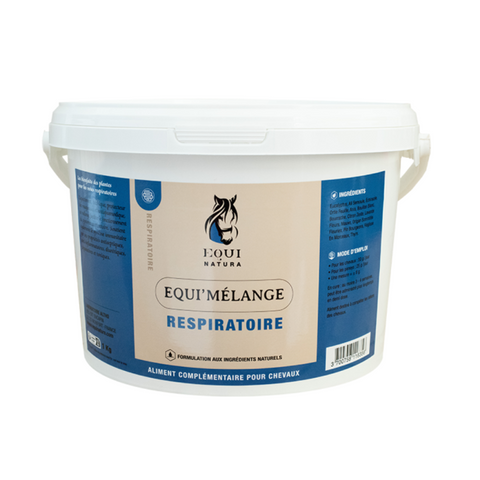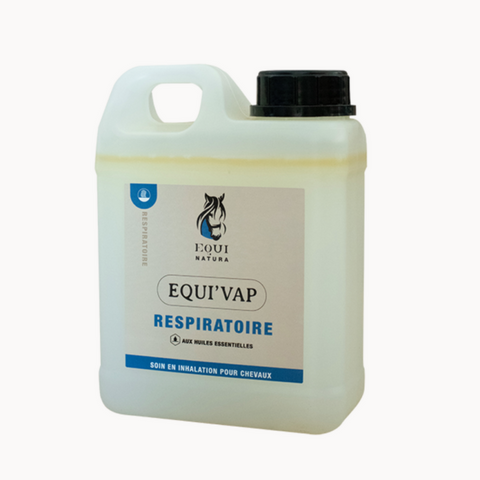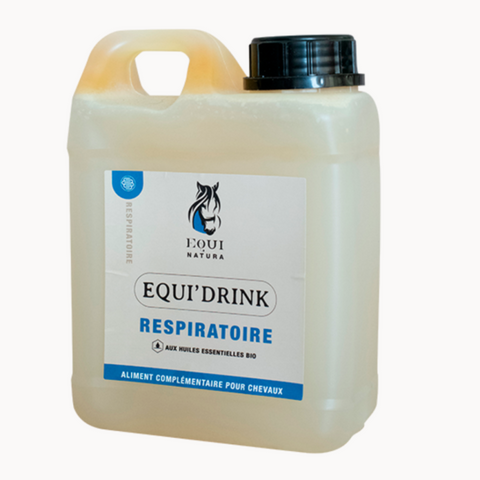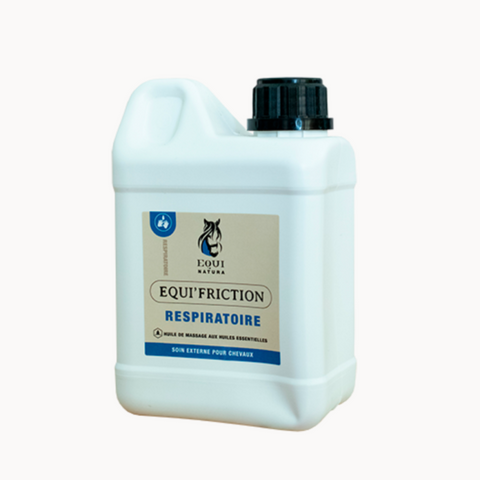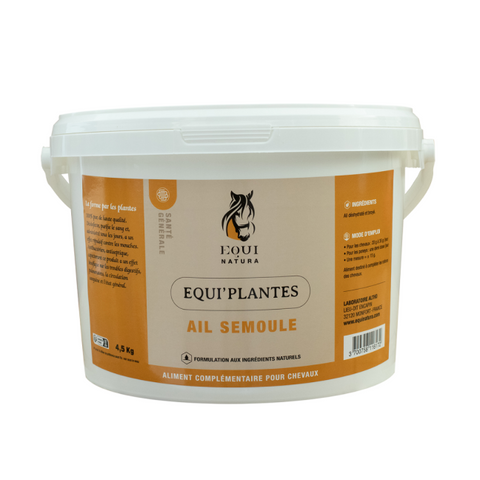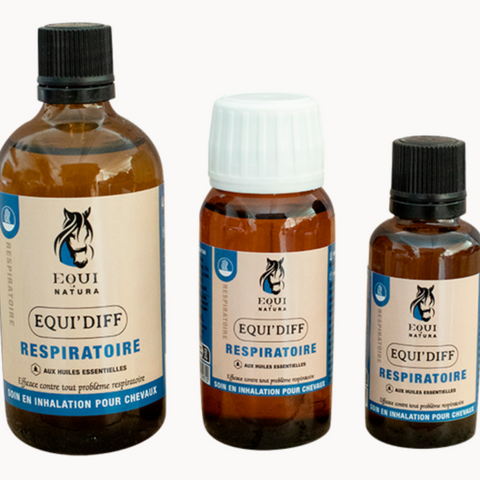The respiratory tracts
A little anatomy...
The respiratory system begins with the nostrils: the inspired air is heated there, while the nasal mucosa forms a first barrier against air impurities.
In the rib cage, the trachea separates into two main bronchi which then branch into small bronchioles. Each bronchiole ends in an alveolus. Between the alveoli is a soft connective tissue, which contains many blood vessels, lymphatics and nerves. It is in the alveolus that the exchange takes place: the oxygen found in the lungs is absorbed into the bloodstream via the capillaries. The walls of the respiratory tract are, like the nasal cavity, covered with a mucous membrane which constitutes a barrier against dust grains. These pollutants, like dust, are captured by phlegm and transported by vibrating cilia to the throat.
Cough is most often triggered by an inflammatory reaction of the mucous membranes; it can be caused by a virus and/or bacteria, by fungus or by an excess of inhaled dust, causing allergies.
…and physiology
The final result of a horse's training depends above all on one important factor: the supply of oxygen to the tissues. Oxygen is essential for efficient energy production and therefore for muscle contractions. A lack of oxygen immediately causes a reduction in effort. It is especially sports horses that are exposed to a danger of infection: they are often - or always - in the stable, they travel a lot, and the coming and going of horses in the stables brings a great risk of contagion...
During inflammation, mucus secretions increase, they become more viscous and are no longer evacuated correctly. By increasing its respiratory activity, the horse will try to mobilize its mucus, which can cause tingling of the throat. Coughing is an elimination reflex; this must absolutely not be repressed, on the contrary. The question should be asked: 'what is the cause of the cough and what can we do about it?
A dry cough is painful, non-productive and serves no purpose. We must fight it as quickly as possible.
A wet, wet cough is productive and useful, it evacuates secretions from the bronchi. It is important not to suppress it, but rather to administer expectorants.
Infections :
Most often in cases of acute inflammation, we will be in the presence of viruses: we note a clear nasal discharge, cough, a fever which will persist for a few days and a drop in appetite. Generally, improvement is seen after 3 to 4 days.
The best known viruses are influenza and rhinopneumonia. Allow 3 to 4 weeks of rest after a viral infection. In the event of influenza, a longer convalescence will be expected, this very pathogenic virus can lead to damage to organs such as the heart. Hence the importance of rigorous vaccination.
Keep the horse in the pasture as much as possible; it needs plenty of clean air. Give him wet hay and no straw. Promote recovery by providing products that will thin bronchial secretions and increase the animal's resistance. A good combination combines Iodamine Equine with a mixture of plant substances such as Respiratory Equi'drink or Respiratory Equi'mixture .
A viral infection depresses immunity and alters the respiratory mucous membranes which predisposes to a secondary bacterial infection; the fever increases again, the horse seems even sicker, it loses its appetite, the cough becomes more severe. Marked dyspnea will be noted; It is urgent to consult the veterinarian to institute vigorous treatment in order to avoid chronic bronchitis.
Allergy :
If your horse is (hyper)sensitive to fungal elements present in hay or straw, it is better to leave him outside. If this is not possible, at least house him in a clean, dry, well-ventilated stable and spray his hay and straw with Respiratory Equi'vap . The horse's hypersensitivity to dust is not necessarily constitutional; it can also come from prolonged exposure to ammonia vapors, polluted air, dust or be the result of an infection.
Horses also experience “hay fever” - hypersensitivity to pollen - we notice: nasal discharge, cough associated or not with incense.
Due to a hypersensitivity reaction, the small muscles surrounding the bronchioles can contract, so that the passage of air into the lungs is severely slowed. The exchange of respiratory gases having already been made more difficult due to the excess production of mucus, the horse is continually out of breath, he wheezes and has a wet, dull cough. Most often, inspiration accelerates, while expiration occurs in two stages (biphasic expiration).
A horse exhibiting these signs should be fed complete, concentrated forage or grass silage. He must be isolated during an acute illness because the simple act of moving hay or straw along his box can already trigger a reaction. You can help your horse by giving him plants and food supplements active on the fluidity of bronchial secretions, on the reduction of inflammation and capable of increasing the body's resistance ( Equi'drink Immunotonic ).
A horse suffering from hypersensitivity in the respiratory tract will never get rid of this condition, but you can avoid the worst through good hygiene, good nutrition and appropriate additives.
Recent research has shown that the allergic horse has a higher than normal need for antioxidants. For this, NAF has developed Respirator ***** , a product whose natural ingredients have been selected for their very powerful antioxidant properties.
Growth and emphysema :
Too often we hear the diagnosis “your horse is emphysematous”, sometimes even when the horse has only been coughing for a very short time. First we must understand that emphysema is not a disease, but a condition in which the horse finds itself. A state, unfortunately, irreversible. Due to repeated coughing, the alveoli are permanently destroyed. The inflamed mucous membranes are very sensitive and any inhaled particles will cause a reaction which will result in even more mucus production. If this “vicious circle” persists, there is a transition to the chronic stage and the respiratory tract becomes clogged with mucus. The walls of the bronchioles become inflamed and thickened and the alveoli become congested. All this prevents air from entering. Today we talk about COPD or pushing.
You don't suddenly become winded from one day to the next, but the condition is unfortunately irreversible. Windy horses generally have a little dry cough, dilated nostrils and breathing difficulties, especially when exhaling.
Same refrain here too: a clean, fresh stable and, if possible, dust-free. You also have to adapt the food.
During chronic infections, it is good to give the horse a dietary supplement containing: MSM-sulfur, hesperidin and vitamin C, such as Respirator Boost***** . Administer Respirator Boost***** for 15 days in all cases where the respiratory system is heavily stressed and then continue with Respirator *****.
MSM -sulfur has natural anti-inflammatory properties. Hesperidin (vit. P) mainly strengthens capillaries. Vitamin C, a powerful antioxidant, helps increase the body's resistance. In addition to this, we can give plants that help thin phlegm such as garlic and fenugreek. Also consider the Inhaler with Equi'diff Respiratory .
For the treatment of windy horses, do not forget good drainage: Equi'drink Drainage .
Regular cleaning of the liver and kidneys, combined with Biotics treatments, are essential: with its respiratory difficulties, the windy horse constantly disrupts its intestinal flora.
Verminous bronchitis :
Among the causes of pulmonary pathology, we will mention pulmonary strongyles, agents of verminous bronchitis. The occurrence of this disease appears to be more common when horses and donkeys graze together; 50% of donkeys harbor lungworts; they do not show symptoms but eliminate worm larvae in their droppings; they are the cause of infection in horses which will show signs of bronchitis after 4 to 6 weeks. A meadow where donkeys have stayed can be a source of infestation even after a year. It is better not to mix species on the same pasture.
Strangles:
Very contagious and widespread infection, especially in young horses, caused by a bacteria: Streptococcus Equi. Transmission occurs by direct contact, during horse gatherings: competitions, etc. and indirect: grooms, equipment etc. The disease appears mainly in cold and wet weather: from autumn to spring.
Initially there will be swelling of the mucous membranes of the throat, the horse has difficulty swallowing, the horse constantly “stretches its neck” and coughs. Then there is a severe runny nose, a lack of appetite and a permanent fever. At this stage, the administration of antibiotics remains of interest.
When the infection subsequently spreads to the lymph nodes, the horse may experience dyspnea.
If abscesses form: allow them to mature (1 to 2 weeks), make sure they open outwards. At this stage the antibiotics are ineffective: the germ is protected within the abscess and cannot be reached.
The strangles is then in a latent phase but the germ can reactivate at the slightest opportunity. In this case the horse remains sickly and may have nocturnal fevers.
Some complications are to be feared: lung, liver or kidney conditions, anemia and even, in serious cases: joint damage, pneumonia, synovitis and edema of the limbs.
The horse affected by strangles must be isolated and cared for while respecting rigorous hygiene rules, both for the horse and for the handlers, the building and the equipment.
Prepare mashes for him and monitor the temperature of the other horses.
A horse that has had strangles is generally immune.
You can strengthen your horse's defenses with a course of Equi'drink Immunotonic , Iodamine Equine , Equi'drink Drainage and Biotics .
You can help your veterinarian by preparing answers to the following questions:
*since when has the horse been coughing;
*at what time: during work or rather after, in the box, only while eating and if yes: with what food, permanently or in crisis...;
*is there a change in dry or wet weather;
*is the cough: hard, dry, irritated, deep, chronic, wet;
*is there a nasal discharge, if so: 1 or 2 nostrils, what color (white, yellow, green), permanent, accentuated or not during work;
*does he show a change in behavior, appetite, breathing;
*is there a fever, if yes: since when, how much, all day;
*are other horses coughing in the stable;
*is the horse known to be subject to digestive problems (intestinal, gastric), there is in fact a close relationship between the two systems (digestive and respiratory).

